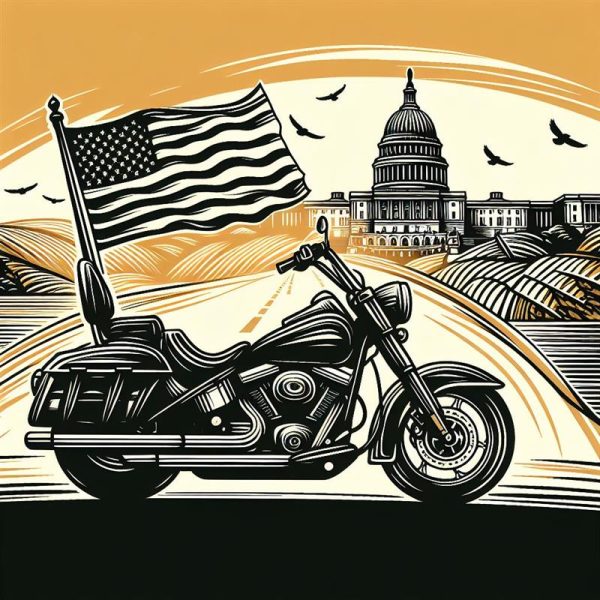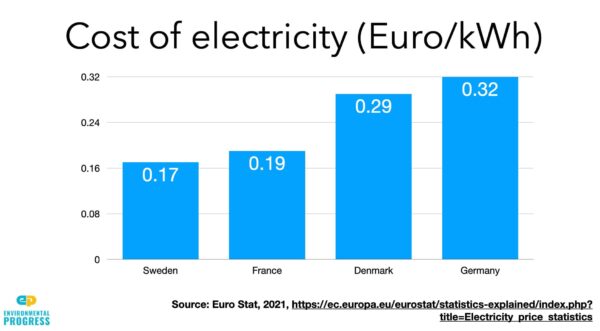TwinPower Launches Innovative Bag-in-a-Box Oil Program for Dealers
TwinPower Launches Innovative Bag-in-a-Box Oil Program for Dealers Free Rack Helps Manage Storage and Dispensing Oil and Lubricants Keller TX – July 10, 2024 – Twin Power, a leader in motorcycle parts and accessories, today announced the return of one of its most popular dealership support efforts, the 6-gallon Bag in a Box Dealer Oil Program. This program provides dealers with a free, heavy-duty metal dispenser rack when they purchase six boxes of Twin Power’s high-quality oil and lubricants. This innovative program offers numerous advantages over traditional 55-gallon drums, especially for dealers with limited space or a focus on service and repair. “We are thrilled to bring this efficient and environmentally friendly program to our dealers,” said Twin Power’s Brand Manager James Simonelli. “The Bag in a Box system is compact, easy to use, and offers substantial savings, which makes it a great choice for shops looking to streamline their operations and reduce costs. And, it’s the same great oil that we offer in our quart containers, not a short service interval or break-in oil.” The 6-Gallon Bag in a Box Dealer Oil Program offers numerous benefits to dealers. First, the free dispenser rack provides a practical solution for oil storage and dispensing. The system’s compact design requires no more space than a single 55-gallon drum, making it ideal for shops with limited storage. Additionally, the easy-to-use system simplifies oil dispensing and allows dealers to keep service quantities of several different weights of oil available to technicians. Environmentally, the bag-in-a-box design eliminates containment and disposal issues associated with traditional drums, reducing waste and eliminating the challenge of handling drums of oil. The six-gallon bag saves dealers up to 30% compared to quart prices, providing significant financial benefits. The oil in the bag-in-a-box system is the same top-quality product found in […]
TwinPower Launches Innovative Bag-in-a-Box Oil Program for Dealers Read More »








